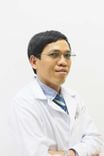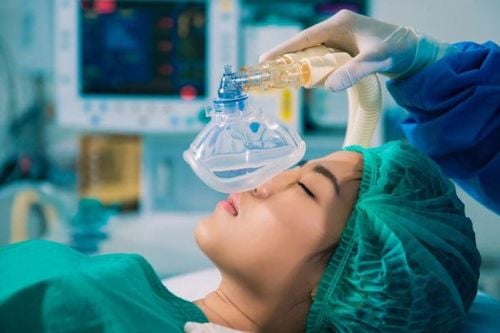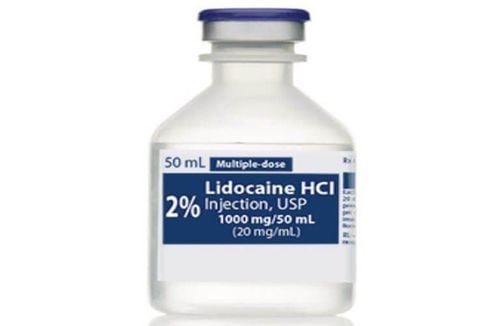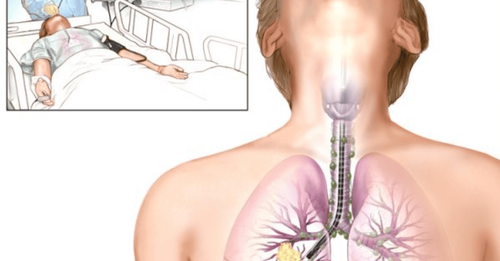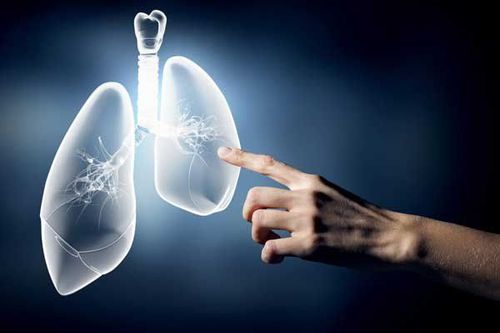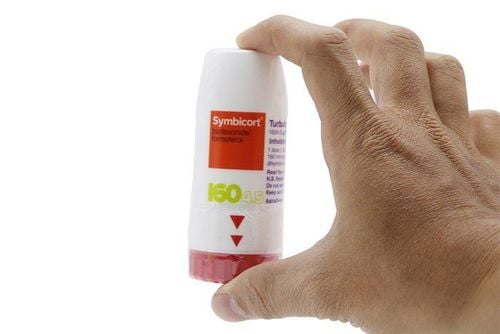This is an automatically translated article.
Article written by BSCKII Nguyen Trung Thanh - Anesthesiologist, Surgical Anesthesia Department - Vinmec Central Park International General Hospital
Bronchoscopy is a procedure that helps doctors see inside the lumen of the airways leading to the lungs, thereby making a diagnosis, taking samples for testing, or removing foreign bodies inside the trachea caused by the patient. accidentally inhaled. During a bronchoscopy, your doctor inserts a small bronchoscope into your nose or mouth, through your throat, and into your lungs. This can be uncomfortable for the patient, and natural reflexes such as vomiting and coughing make the procedure more difficult and dangerous.
1. How to reduce the patient's uncomfortable reflexes during bronchoscopy?
To reduce reflexes and discomfort, the patient will be given local anesthetic and sedation. Local anesthetic sprayed into the throat has a bitter taste, but this feeling will pass quickly and help numb the oropharynx. Sedatives are injected intravenously to help the patient relax and reduce anxiety. Depending on the patient's condition or the requirements of the procedure, the patient may be put to sleep completely or just feel drowsy but still awake, breathing on their own and responding to the doctor's orders during the procedure. tips.
There are almost no absolute contraindications to sedation in bronchoscopy. However, the anesthesiologist will consider the indications and will clearly advise the subjects with difficult airway control, the patients in severe condition or with many complicated comorbidities.
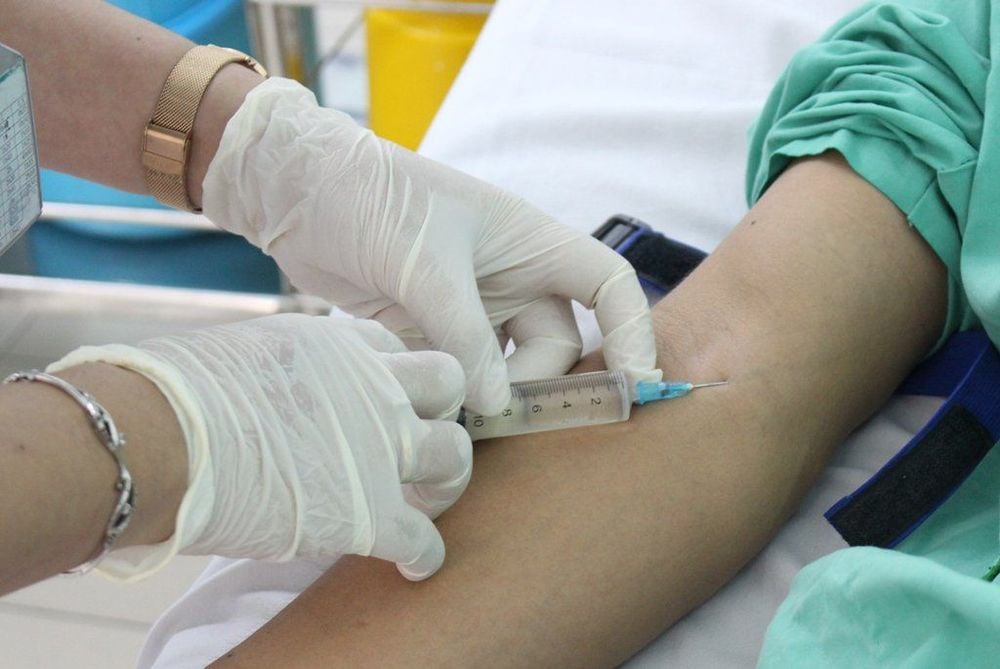
Thuốc an thần được tiêm vào tĩnh mạch người bệnh
2. Is bronchoscopy sedation dangerous?
Although rare, the anesthetic can cause a person to become short of breath or stop breathing temporarily. Sedation and anesthesia reduce reflexes, making the procedure easier for the endoscopist, but can make swallowing difficult and reduce reflexes that protect the airway after awakening.
During the procedure and the recovery time after the procedure, the patient will be continuously monitored through a modern monitoring system with many parameters and a team of experienced anesthesia and resuscitation and resuscitation teams. ability to early detect and handle adverse situations occurring during and after the procedure.
Patients need to fully comply with the instructions provided by the hospital before and after performing sedation to minimize the risks mentioned above.
3. What should the patient comply with before and after performing bronchoscopy sedation?
Before the procedure As in the case of other procedures with anesthesia or sedation, the patient will be asked to fast for at least 6-8 hours and not drink water for at least 2 hours before sedation to bronchoscopy. This period of fasting and fasting is the minimum time for most food and water to pass from the stomach into the small intestine, thereby minimizing the risk of aspiration of food from the stomach into the lungs.
In addition, the patient is also examined and evaluated by an anesthesiologist on the same day or before the procedure. Depending on the patient's condition, the anesthesiologist will select the most appropriate method of sedation or may recommend additional tests necessary in addition to those required by the bronchoscopy procedure.
Some medications you are taking may interact with anesthetics or may affect the procedure, so it is recommended that you provide the anesthesiologist with all information about your comorbidities and possible complications. medications you are taking so that the anesthesiologist can advise you on how to take them before and after the procedure.
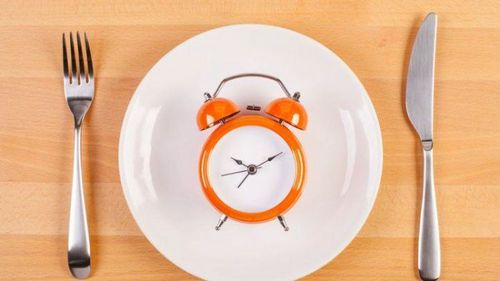
Người bệnh cần nhịn ăn trước khi làm thủ thuật thiểu 6-8 giờ
After the procedure The patient will be monitored in the recovery room for at least 1 hour, the feeling of numbness in the pharynx and difficulty swallowing may last for several hours if local anesthetic is used, during this time the patient should not eat. or drink because of the risk that food could enter the airways and be dangerous. When the cough and swallowing reflexes return to normal, the patient can return to eating and drinking in order from thin to thick.
4. Does the patient need to be hospitalized after bronchoscopy sedation?
Most outpatients are able to go home on the day of the procedure with sedation. Although fully awake, to ensure safety, the patient should not drive home by himself, but should be accompanied by someone and stay with him for the rest of the day.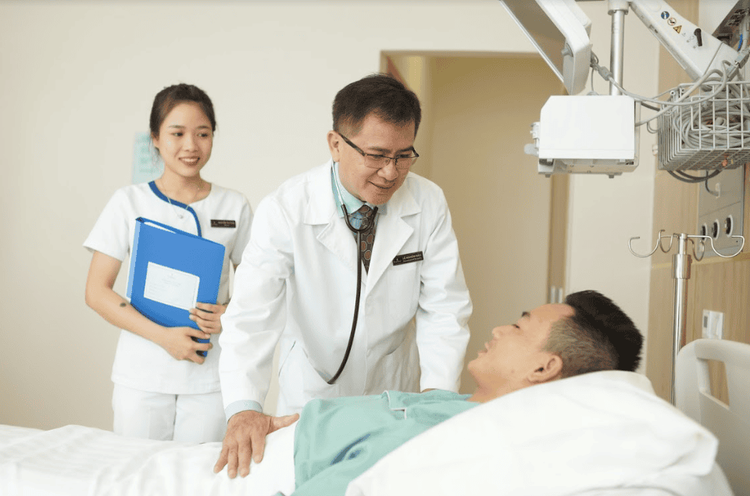
Sau khi làm thủ thuật, người bệnh sẽ được bác sĩ thăm khám trước khi về nhà
Vinmec International General Hospital is one of the hospitals that not only ensures professional quality with a team of leading medical doctors, modern equipment and technology, but also stands out for its examination and consultation services. comprehensive and professional medical consultation and treatment; civilized, polite, safe and sterile medical examination and treatment space.
Customers can directly go to Vinmec Health system nationwide to visit or contact the hotline here for support.
MORE:
Role of bronchoscopy in the diagnosis of respiratory pathology Process and possible risks during bronchoscopy Bronchoscopy in children: Things to note
